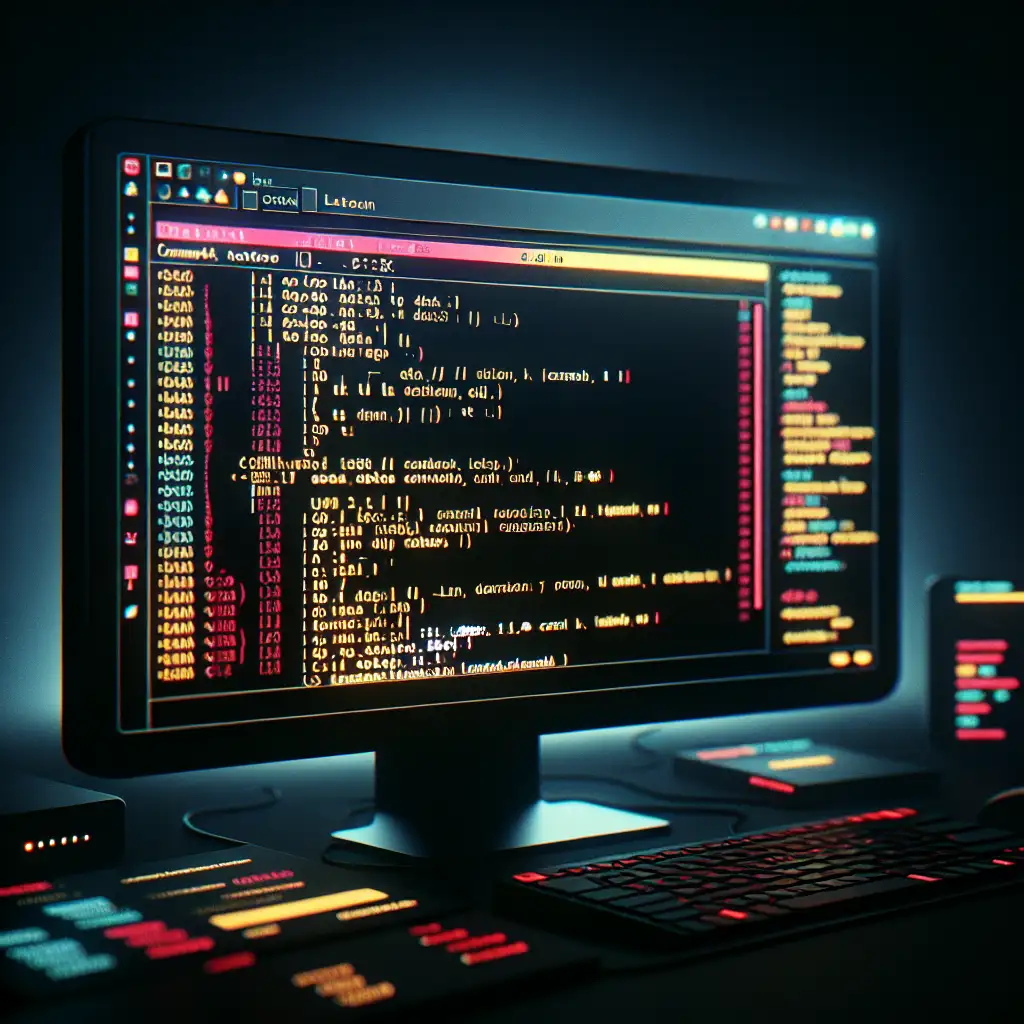Mastering Linux Basics: A Hands-On Guide to Building Your Command Line Confidence
When troubleshooting infrastructure at 02:00, you rarely reach for a GUI. Linux, in particular, demands fluency at the terminal level—system administration, DevOps automation, even daily developer workflows all pivot around strong command line skills. For real operational control, the CLI is essential.
Why Command Line Matters
Linux underpins the majority of production servers, Kubernetes nodes, and CI/CD runners. Navigating its internals via command line isn’t optional if uptime and reproducibility matter. GUIs mask details: system logs, process trees, file permissions—critical when debugging outages or automating configuration.
Immediate Access: Terminal Options
Engineers running macOS or a dedicated Linux workstation have direct access to Bash or Zsh. On Windows 10+:
- Windows Subsystem for Linux (WSL 2): Native Ubuntu or Debian, kernel 5.x support.
- Cloud shells: AWS CloudShell, Google Cloud Shell, or GitHub Codespaces for instant, disposable terminals.
- Legacy option: VirtualBox VM (slower disk IO, but good for isolated testbeds).
Verify shell and version:
echo $SHELL
lsb_release -a # or: cat /etc/os-release
uname -a
Filesystem Navigation—Practical Patterns
Senior sysadmins rarely use GUIs for file management. Typical workflow looks like:
cd ~/logs/2024
pwd # Confirm context
ls -lh *.gz # Sorted, human-readable, recent logs
du -sh * # Quickly spot disk hogs
Understand directory context before running a destructive command. Service restarts and log rotations often happen from within /var/log, not /home.
Key File & Directory Operations
Used daily—get them right, or risk downtime.
Creating structure:
mkdir -p /tmp/test/workdir
cd /tmp/test/workdir
touch a.log b.log
Moving/renaming in bulk (practical):
mv *.log ../archive/
Note: Use -n with mv to prevent overwrites in uncertain scripts.
Copying recursively (common gotcha with folder structures):
cp -r configs/ /srv/app/backup/
Danger zone (irreversible):
rm -rf /tmp/test # Triple-check before running as root
Gotcha: A missing space after rm -rf / tmp/test will erase / if you daemonize the command—verify paths.
Inspecting & Editing Files—Beyond 'Open'
View logs or config fragments without a visual editor:
tail -F /var/log/nginx/access.log # Real-time log monitoring
head -25 /etc/ssh/sshd_config # Review active directives
cat > /tmp/info.txt # Standard input redirection; Ctrl+D to finish
Non-obvious: less +F logfile offers interactive ‘follow mode’, superior to plain tail when working with large files.
Quick content editiing for config changes? nano ships on most distros, but for power usage, vim or emacs is standard in enterprise settings.
Permissions: Practical Drill
Everything in Linux is a file—permissions included.
Checking detailed access:
ls -l /usr/local/bin/cleanup.sh
Example output:
-rwxr-x--- 1 deploy deploy 408 Jan 21 07:52 cleanup.sh
- Owner (
u): read, write, execute - Group (
g): read, execute - Others (
o): no permissions
Making a script executable without changing group/other bits:
chmod u+x deploy-me.sh
Apply group ownership recursively (needed for shared app folders):
chown -R deploy:ci /srv/build/
Note: Changing ownership on system files can break service accounts—always verify effective user with ps aux | grep to avoid breakage.
Help, Debugging, and the Manual Approach
Experience means knowing where to look—not knowing everything by heart. The most detailed source remains the man page:
man rsync
For faster option lookup:
grep -i timeout /etc/ssh/sshd_config
Don’t neglect dmesg, journalctl -xe, or reviewing /var/log/syslog for process-level failures.
When you see:
-bash: command not found
Confirm $PATH—occasionally, custom scripts or third-party binaries land outside /usr/local/bin or /usr/bin.
Applied Hands-on: Short Exercise
- Create a build directory:
mkdir -p ~/build/testproj. - Enter it:
cd ~/build/testproj. - Init files:
touch main.cpp input.txt README.md. - Examine these (with metadata):
ls -halt. - Copy
main.cpptomain_bak.cpp. - Remove
input.txt. - Check content with
cat README.md(expected: empty).
Practical. Direct. These patterns map closely to real DevOps toolchains and CI job scripts.
A Non-Obvious Tip from Production
Many scripts break on oddly named files (“spaces”, “newlines”, emoji). Prevent failures by quoting variables and using glob-safe options:
rm -- *.tmp
Owner note: Modern find plus -print0 with xargs -0 is your friend for production-safe automation.
Next Steps
Invest time scripting recurring tasks. Study cron for scheduled automations. Explore basics of ps, kill, and process monitoring (htop, strace). Real expertise comes from debugging live incidents—read logs, trace permissions, and gradually integrate more advanced utilities (awk, sed, grep -P).
Production reliability is not achieved by memorizing commands, but by building context: why this command, in this context, under these ownership rules, on this particular host or container.
Open the terminal—not for curiosity, but because this is where the critical fixes always happen.
